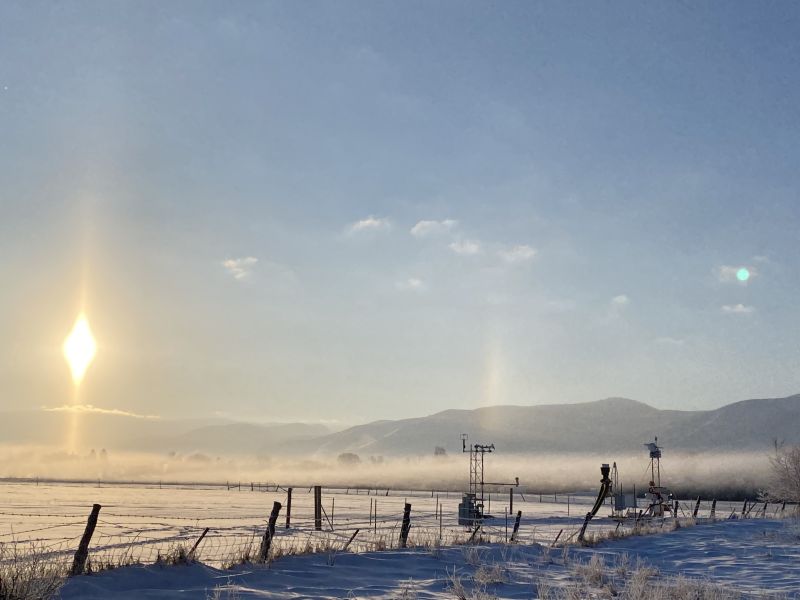
Studying cold fog in mountainous terrains
When air temperatures drop to 0 degrees Celsius or below, cold fog can form and disguise a landscape, posing challenges for drivers and pilots. Cold fog, which produces a drizzle with tiny droplets that freeze when they touch an object, is difficult to detect and predict, especially in mountainous regions of the western U.S.
The U.S. National Science Foundation supported a team of researchers to conduct a field campaign and scientific investigation using the latest observation technology to study cold fog events and improve our ability to forecast and prepare for them.
The Cold Fog Amongst Complex Terrain project took place in Heber Valley, Utah, in January and February 2022. The team, led by Zhaoxia Pu at the University of Utah, worked with the NSF National Center for Atmospheric Research Earth Observing Laboratory (NSF EOL) and Ontario Tech University to deploy a network of ground-based and balloon instruments to gather information about meteorological conditions, cloud microphysics and aerosol properties.
"We discovered the microphysical evolution of cold fog and the characteristics of new particle formation over mountainous valleys," Pu said. "Using EOL's high-resolution measurements and creating large eddy simulations with computer models, we also uncovered how turbulence influences cold fog in these regions. Our findings can help improve weather prediction models, especially in mountainous regions, and contribute to safer and more resilient communities."
The campaign was recently featured as the cover story for the Bulletin of the American Meteorological Society.

